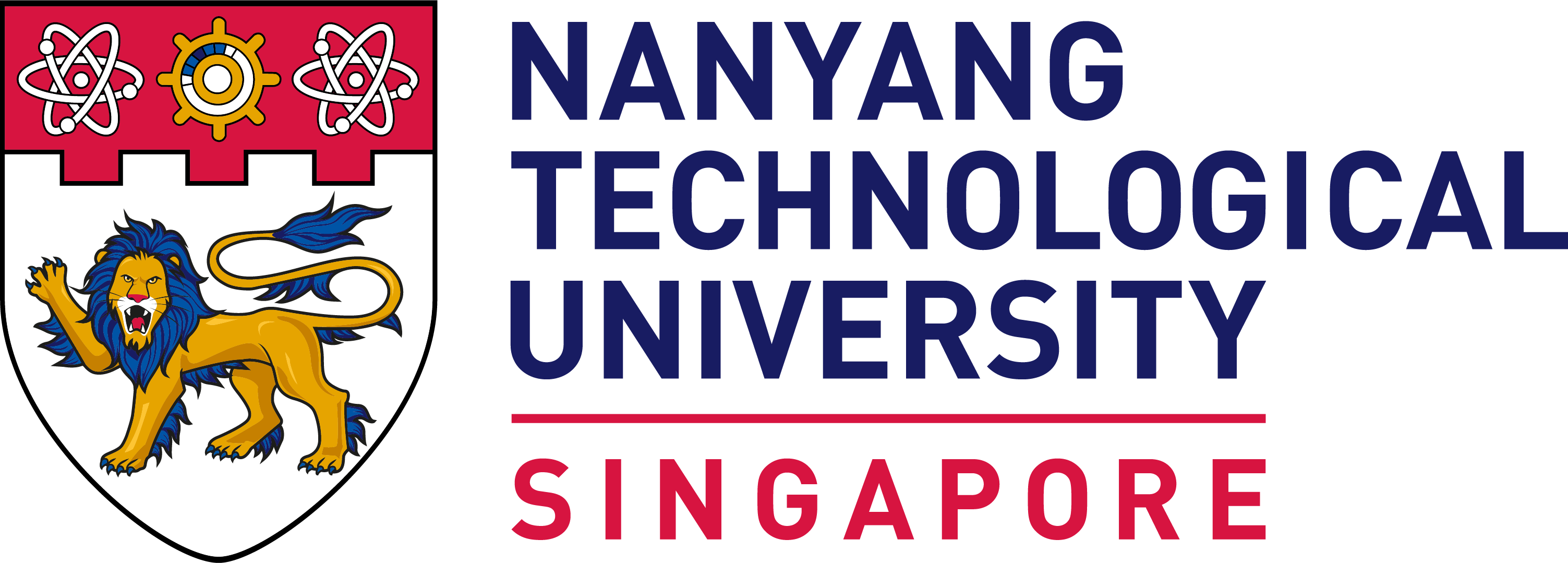Leading Together: A New Blueprint for Navigating Uncertainty
Why It Matters
As global crises continue to disrupt economies and societies, traditional models of leadership are proving inadequate. This research proposes a shift toward collective leadership as a more resilient and adaptive approach for uncertain times.
Key Takeaways
- Collective leadership empowers teams by sharing leadership roles, fostering trust, and enabling collaborative decision-making.
- A new competency model identifies 12 key skills that organisations can use to develop effective collective leadership style.
- A proposed survey tool offers a practical way to measure and develop these skills, bridging the gap between leadership theory (Why) and real-world applications (What and How).
The Rise of Collective Leadership in a Volatile World
The COVID-19 pandemic, geopolitical instability, and rapid technological shifts have pushed organisations into a BANI world — one that is Brittle, Anxious, Non-linear and Incomprehensible. In such conditions, traditional leadership models, which often rely on a single figurehead, fall short.
This study explores a more adaptive alternative: collective leadership. It moves away from the idea of a lone decision-maker and instead distributes leadership roles across team members based on skills, experience, and the demands of the situation. Drawing on insights from leadership practitioners, educators, and employees across various organisational levels, the research identifies what and how effective collective leadership looks like in practice.
From Traits to Behaviours: Redefining What Leadership Means
Historically, leadership research focused on identifying traits — like confidence or charisma — that distinguish leaders from followers. But in high-stakes, fast-changing environments, behaviours matter more than traits. This study highlights that effective leadership is defined not by who someone is, but by what and how they lead.
The researchers propose a competency model built around three main components: task (how leadership is distributed), relationships (how trust and collaboration are built), and process (how leaders facilitate shared goals and communication). These components help translate the abstract idea of collective leadership into tangible, trainable behaviours.
Twelve Skills for Leading Collectively
The research identifies 12 specific skills across the three key leadership competencies. These include:
- Empowerment and trust: Giving team members the autonomy to lead in areas where they have expertise, and trusting them to make decisions.
- Social cohesion and humility: Building a sense of team unity while remaining open to others' ideas and perspectives.
- Communication and goal clarity: Ensuring that everyone understands their roles and objectives through open dialogue and shared vision.
These skills were not only identified through a review of academic literature but also validated by interviews and focus group discussions with experienced leaders and leadership educators. The result is a robust model that reflects both theory and lived experience.
Business Implications
For organisations grappling with uncertainty, adopting a collective leadership approach offers several benefits:
- More agile responses: Distributing leadership roles enables teams to respond more quickly to complex problems.
- Higher engagement and morale: Employees feel valued and trusted, which boosts motivation and retention.
- Stronger leadership development: The accompanying survey tool allows leaders to assess their strengths and areas for growth, supporting targeted training and coaching.
This model is especially relevant for organisations facing frequent change or crisis conditions. By developing the skills associated with collective leadership, they can build more resilient and adaptable teams.
Author & Sources
Author: Koh Cheng Boon (Nanyang Technological University)
Original Article: Global Policy
---
For more research, click here to return to NBS Knowledge Lab.



.tmb-listing.jpg?Culture=en&sfvrsn=8b2cb369_1)



